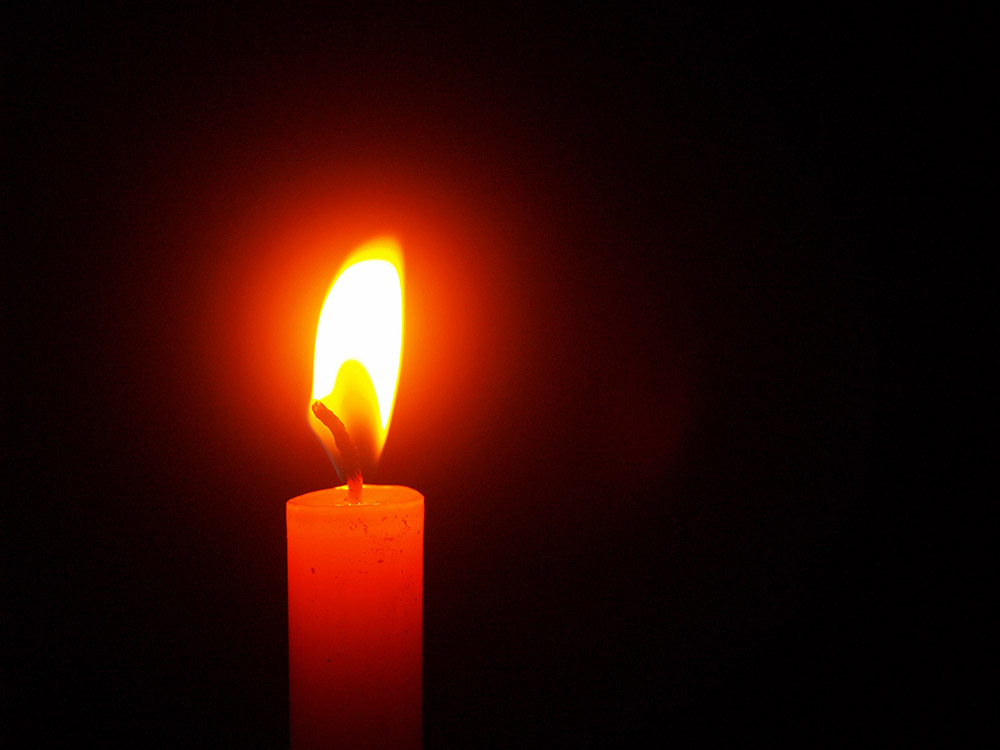
THE ART OF HEALING THROUGH THE FOUR PILLARS OF HEALTH BY SUMITA VASUDEVA

Ayurveda describes the human body as a building that requires three supporting pillars for its stability — food, sleep and exercise (also called ahaar, nidra and yoga). In my practice as a Clinical Ayurvedic Specialist, I have adopted an additional pillar — social and spiritual connection (satsanga). These four pillars of health guide us in our self-care regimens and balance our constitution. Together they form the foundation of Ayurvedic healthcare.
As health and healing are especially pertinent these days, Sonia invited me to share my insights on Ayurveda with Laasya Art’s community. I will give some information about each of the four pillars, along with advice that is relevant during COVID-19.

FOOD, or AHAAR
The Ayurvedic diet emphasizes pure, fresh, wholesome and local foods, tailored to the season and the time of day. Ayurveda highlights the importance of sitting and eating in a calm and relaxed setting, as well as describes compatible food combinations in great detail. It is best to eat between 10:00am and 6:00pm, with lunch being the heaviest meal of the day.
COVID-19 has brought food inequality to the forefront. For those who are blessed with availability and affordability, it is best to eat mindfully and engage in healthy cooking, rather than using this time to eat rich foods reserved for festive occasions.
SLEEP, or NIDRA
According to the Ayurvedic clock, there are optimal times to eat, exercise and sleep. Following the day’s natural rhythm by going to bed after sunset (around 10:00pm) and waking up before sunrise (around 6:00am) ensures the best rest. Several self-care practices can further enhance the quality of our sleep, including breathing exercises (pranayama) and applying oil on the body or hair (abhyanga).
For those who struggle with sleeping during this time of fear and anxiety, I encourage yoga nidra, or guided meditation in a deeply relaxed state.
EXERCISE, or YOGA
Customizing our workouts to our individual constitutions is the key to maximizing the benefit of exercise. Going for a nature walk or practicing yoga are two prudent ways to expend physical energy while maintaining reserves for other physiological and emotional needs.
My current yoga class regimen is designed to help us overcome the natural lethargy that springtime brings, through the practice of brisk sun salutations. During this time of COVID-19, we are also practicing forceful exhalations (kapalabharti) to counter allergies and strengthen our lungs, as well as backbends to open up our hearts and empathize with our fellow beings. We purposefully take time to de-stress through neck and eye exercises, and we indulge in an extended relaxation through the corpse pose (shav asana).
CONNECTION, or SATSANGA
I added this fourth pillar to emphasize meaningful connections with family and friends, after observing its positive effect in community studies. Ayurveda similarly recommends meditation practices that help us connect with our inner self.
Despite social distancing, we are thankfully able to connect with each other through digital mediums. And, we now have the opportunity to connect with ourselves, unimpeded by the many demands that our pre-COVID busy schedules had placed on us.
May we all self-realize that we individually and collectively form a part of the bigger whole, the one truth: Tat Twam Asi or That I Am.
— Sumita Vasudeva
Sumita Vasudeva is a Clinical Ayurvedic Specialist based in Palo Alto (San Francisco Bay Area). Through Omni Wellness, she works with families, businesses, schools, government and not-for-profit organizations to enhance their culture of health. You can join her online classes and workshops through her website or contact her directly at sumita.wellness@gmail.com.

Leave a Reply
You must be logged in to post a comment.